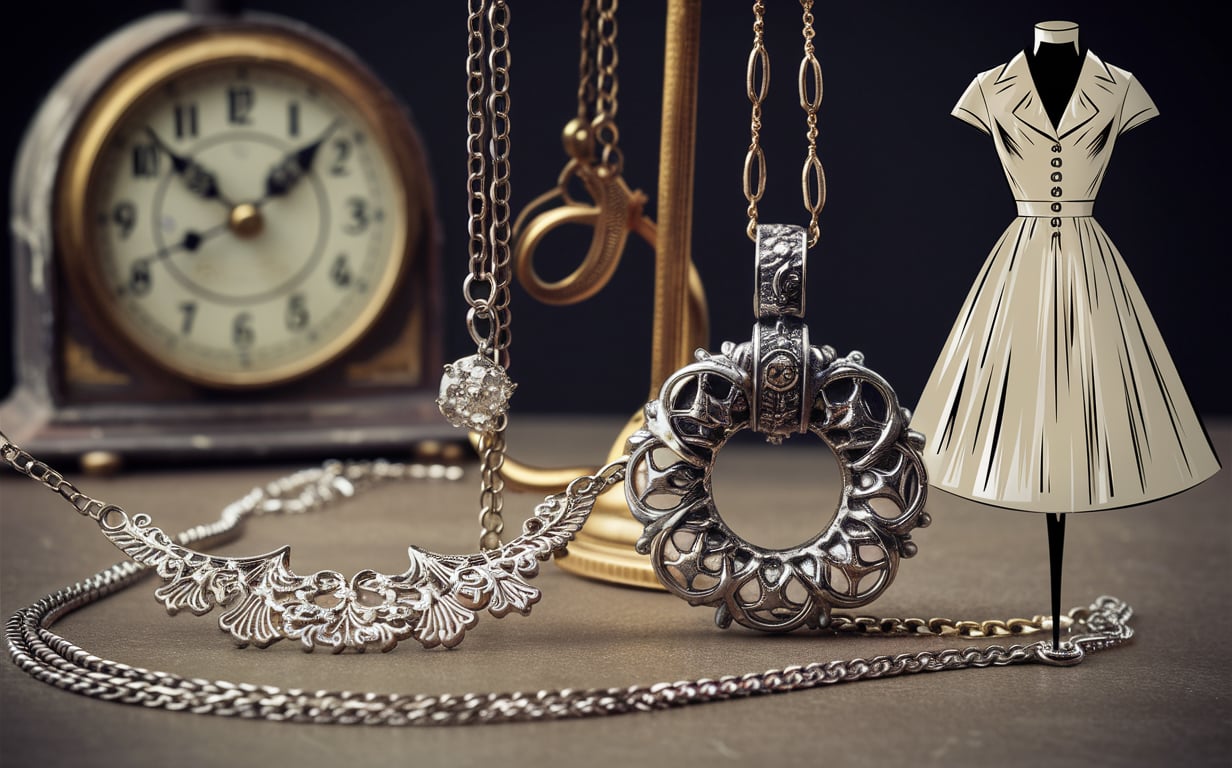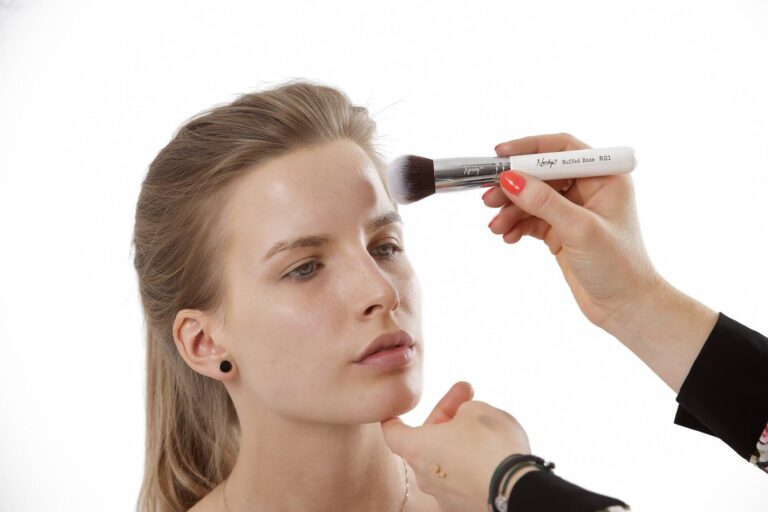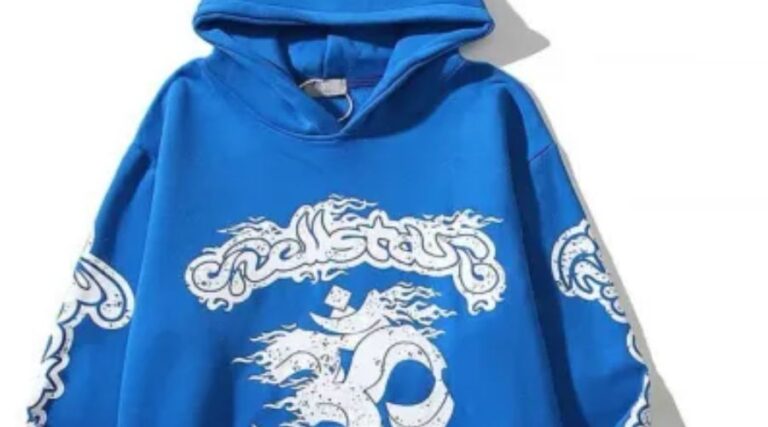Vintage vs. Antique: Decoding the Differences in Jewelry
Vintage jewelry refers to pieces that are at least 20-30 years old, often showcasing styles from specific eras. Antique jewelry, however, must be over 100 years old, typically featuring intricate craftsmanship and historical significance. Both categories offer unique charm and value, but their age and stylistic attributes distinguish them.
Introduction to Vintage and Antique Jewelry
Jewelry has always held a special place in our hearts, symbolizing everything from love and commitment to social status and art. The appeal of unique, older pieces often lies in their history and the craftsmanship that went into making them. Regarding these older pieces, terms like “vintage” and “antique” are frequently tossed around interchangeably. However, these terms have distinct meanings and characteristics. Understanding these distinctions can help you make smarter choices whether you’re a buyer, a seller, or an enthusiast. Looking into wholesale jewelry suppliers can offer many options and insights for those interested.
The jewelry world is vast and varied, but nothing captures the imagination like vintage and antique pieces. Appreciating the subtle differences between these two categories will help you make better selections. Knowing the difference can significantly impact your choices, whether investing, gifting, or simply indulging in a personal passion.
What Defines Vintage Jewelry?
Vintage jewelry, ranging from 20 to 100 years old, is timeless and reflects the essence of a particular era. Examples include Art Deco jewelry from the 1920s, featuring geometric shapes and bold designs. Owning vintage jewelry often brings a sense of nostalgia and emotional value. It’s more accessible than antiques, making it a popular choice for those wanting to own a piece of history without the high price tag. Styles like retro, mid-century modern, and the 1980s are all considered vintage and offer something for everyone.
What Qualifies as Antique Jewelry?
Antique jewelry, over 100 years old, is rare and holds significant historical and cultural value. It ranges from Victorian-era brooches to delicate Edwardian necklaces, and each piece tells a story about the owner and the craftsmanship, techniques, and materials used at the time. These pieces often feature materials and techniques no longer commonly used today, such as early diamond cutting or handcrafted platinum settings. They lie at the intersection of history and artistry, capturing events and trends from bygone eras in their intricate designs. Each period leaves an indelible mark on the jewelry crafted during that time.
The Value and Rarity Factor
- Vintage Jewelry: While still often valuable, vintage jewelry tends to be more accessible and is usually less expensive than antique jewelry. The rarity of these pieces also varies widely, with some styles being more common than others. For example, rings from the mid-20th century might be more readily available than early 20th-century lockets. This accessibility makes vintage jewelry popular for those looking to own something special without breaking the bank. Furthermore, as vintage jewelry ages, specific popular designs become rare, thus increasing their value over time.
- Antique Jewelry: The value of antique jewelry can be significantly higher, partly due to its scarcity and historical worth. Antique pieces often come with provenance, adding to their value. The craftsmanship and materials involved are also factors that contribute to their cost. Intricate settings, natural gemstones, and hand-cut diamonds are commonly found in antique jewelry, making them irreplaceable treasures. Antique pieces’ rarity and unique attributes result in higher price points and a deeper appreciation for the art and history they represent. Collectors often seek these items for their aesthetic appeal and investment potential.
Craftsmanship and Materials
Vintage and antique jewelry showcase unique craftsmanship and materials, often featuring hand-cut diamonds and rare gemstones set in platinum or gold. Techniques like filigree work and hand engraving indicate the period and region. Both types of jewelry offer intricate designs and a tangible connection to the past. The hallmark of older pieces is their durability and timeless appeal, despite modern jewelry-making relying on technology and mass production. Each element, from gemstone selection to setting, speaks to the labor and love invested in the piece. Whether it’s a delicately carved cameo or a bold Bakelite bracelet, these items showcase the artistry of eras gone by.
How to Identify Authentic Pieces
To determine if a piece of jewelry is vintage or antique, follow these steps:
- Check for hallmarks: These tiny marks provide information about the piece’s origin, age, and material composition. They can be found in hallmark guides or databases.
- Examine the craftsmanship: Look for signs of handcraftsmanship, such as hand-set stones, intricate metalwork, and unique engravings. Machine-made jewelry often needs these imperfections.
- Seek expert opinion: Consult a jeweler or appraiser specializing in vintage and antique jewelry for professional assessments and certifications. Accredited appraisal organizations can be valuable resources for finding qualified professionals.
Trends and Popularity
Because of their distinctiveness and long-lasting attractiveness, vintage and antique jewelry have become increasingly popular. The pandemic has boosted this trend as people seek meaningful, long-lasting purchases. Reusing and repurposing older jewelry offers a unique personal style and aligns with eco-friendly practices. With the fashion industry becoming more ecologically conscientious, antique and vintage jewelry offers a moral substitute for newly made goods. They allow for personal expression without an environmental footprint and resonate with a new generation of consumers who prioritize sustainability. Their unique, one-of-a-kind nature provides a sense of individuality.
Conclusion: Which One is Right for You?
The choice between vintage and antique jewelry depends on personal preference, budget, and value. Vintage jewelry offers nostalgia and affordability, making it accessible for collectors. Antique jewelry is deeply connected to history and craftsmanship, often becoming cherished heirlooms. Both types have unique charms, with bold styles from the 1920s and intricate craftsmanship from the 1800s. Investing in vintage or antique jewelry is more than just a purchase; it speaks to personal values and offers a chance to own something unique, providing beauty, history, and meaning.
Keep an eye for more news & updates on Glamouruer.com






